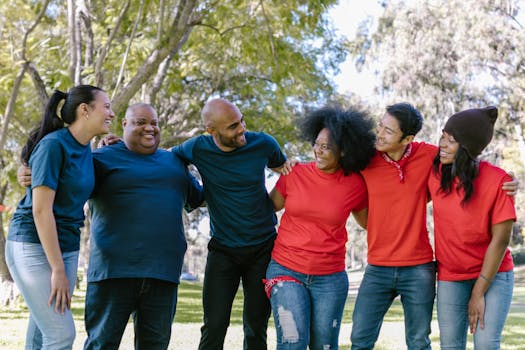
Cultural Fusion: Embracing Diversity in European Lifestyles by 2025
Cultural fusion is becoming an increasingly important aspect of European lifestyles, and by 2025, it’s expected to play a significant role in shaping the continent’s social, economic, and cultural landscape. Cultural Fusion refers to the blending of different cultural practices, traditions, and values to create a unique and diverse cultural identity. In this article, we’ll explore the concept of cultural fusion, its benefits, and how it’s transforming European lifestyles.
What is Cultural Fusion?
Cultural fusion is a dynamic process that involves the exchange and blending of different cultural practices, traditions, and values. It’s a two-way process that enriches both the dominant and minority cultures, creating a new and unique cultural identity. Cultural fusion can manifest in various forms, including art, music, literature, cuisine, and even fashion.
Benefits of Cultural Fusion
The benefits of cultural fusion are numerous and far-reaching. Some of the most significant advantages include:
- Increased diversity and inclusion: Cultural fusion promotes diversity and inclusion by bringing people from different cultural backgrounds together, fostering greater understanding and empathy.
- Enriched cultural landscape: Cultural fusion enriches the cultural landscape by introducing new ideas, traditions, and practices, making it more vibrant and dynamic.
- Economic benefits: Cultural fusion can also have economic benefits, such as increased tourism, cultural exchange programs, and the creation of new industries and jobs.
Cultural Fusion in European Lifestyles
European lifestyles are already being shaped by cultural fusion, and by 2025, it’s expected to become even more pronounced. Some of the ways cultural fusion is transforming European lifestyles include:
- Food culture: European cuisine is becoming increasingly diverse, with the introduction of new ingredients, cooking techniques, and dining experiences from around the world.
- Music and arts: European music and arts scenes are being enriched by the fusion of different cultural styles, creating a unique and dynamic cultural identity.
- Fashion and lifestyle: European fashion and lifestyle are being influenced by cultural fusion, with the incorporation of traditional clothing, accessories, and beauty practices from around the world.
Challenges and Opportunities
While cultural fusion presents many opportunities, it also poses some challenges. Some of the challenges include:
- Cultural homogenization: The risk of cultural homogenization, where minority cultures are assimilated into the dominant culture, losing their unique identity and traditions.
- Social and economic inequalities: Cultural fusion can also exacerbate social and economic inequalities, particularly if the benefits of cultural exchange are not shared equitably.
However, with careful planning, cultural fusion can also present many opportunities, such as:
- Cultural exchange programs: Cultural exchange programs can promote mutual understanding and respect between different cultural groups, fostering greater cooperation and collaboration.
- Cultural entrepreneurship: Cultural fusion can also create new business opportunities, such as cultural tourism, cultural consulting, and cultural product development.
Conclusion
In conclusion, cultural fusion is a powerful force that’s shaping European lifestyles by 2025. By embracing diversity and promoting cultural exchange, we can create a more vibrant, inclusive, and dynamic cultural identity. While there are challenges to be addressed, the benefits of cultural fusion far outweigh the costs. As we move forward, it’s essential to prioritize cultural fusion, promoting mutual understanding, respect, and cooperation between different cultural groups.



